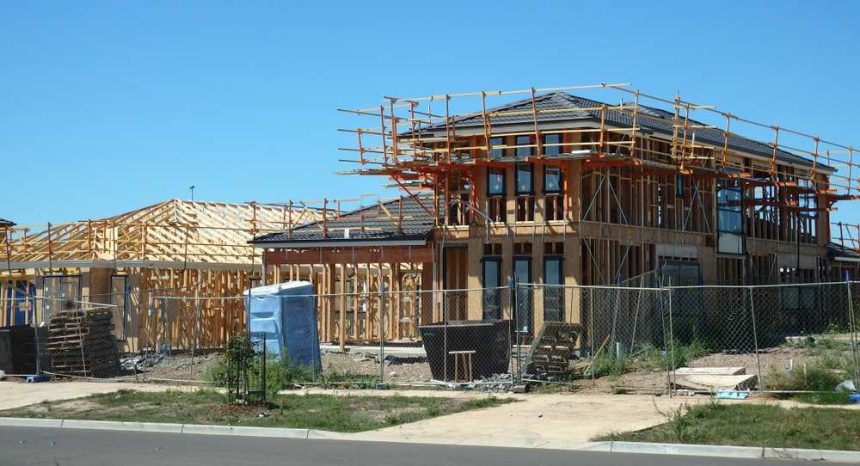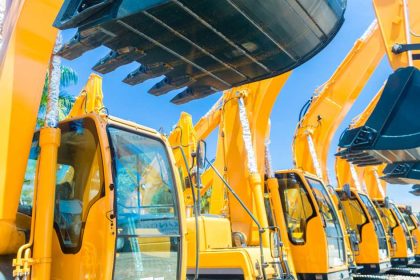Despite a desperate push for Federal Government housing initiatives, Australia is on track to fall short of its National Housing Accord target.
Master Builders Australia has released its 2024 building and construction industry forecasts today, which, for the first time, covers the full five-year period of the Accord.
The group’s best estimates predict the industry can only deliver 1,087,325 new home starts, falling over 110,000 homes short of the promised 1.2 million homes, citing bloated build times and rising construction pressures across the country.

The outlook claims the average wait time from approval to completion remains elevated from the COVID-19 pandemic, with new homes taking almost 12 months to be ready, up from 8.5 months. New apartment wait times have blown out from 20 months to about 30 months.
Materials prices have also soared more than 30 per cent higher than before the pandemic, and total construction costs have risen by almost 40 per cent since 2019
While the new figure is a slight improvement over the Housing Industry Association’s modelling in February, which predicted the country would fall up to 200,000 homes short of the Albo’s ambitious target, CEO Denita Wawn said there is a long way to go.
“We’re seeing inflation starting to near its target range and expect a fall in interest rates which will lead to a more favourable investment market,” said Ms Wawn.
“The Federal Government has also announced a number of significant housing measures that focus on increasing supply in social and affordable housing and the rental market.
“However, constraints on the supply side like workforce shortages, industrial relations changes and a poor planning system counter the full effectiveness of these measures.
“Productivity in the industry has fallen 18 per cent over the last decade. It’s clear that governments need to expedite the rollout of planning reforms to reduce the high costs and time it takes to build.”
Workforce woes holding back builds
Ms Wawn was especially concerned about the impact Labor’s recent Closing Loopholes legislations and aggressive CFMEU pay negations would have on the home builds, claiming their full effect wasn’t factored into the forecasts.
Last month, the construction union pushed for an unprecedented 26 per cent pay rise in its new industry agreement for NSW, including an upfront 8 per cent increase that would raise costs for already-priced government and commercial projects.
The three-year draft agreement would lift the pay of a level three construction worker on a 50-hour week from about $189,000 a year to $237,000 including allowances by the end of 2027.
The union’s other state branches pushed for similar 3-year pay hikes, with WA and QLD sites campaigning for 22 per cent and 20.8 per cent rises, respectively—far outstripping the annual inflation rate of 4.1 per cent.
Combining this rising cost of doing business with the recent report from Buildskills estimating a shortage of 90,000 tradies before construction has even begun, these forecasts are sure to blow out in the coming months.
Ms Wawn said it was up to the federal government to strengthen the sector in their upcoming budget, echoing the group’s repeated calls for better apprenticeship incentives and improved migration efforts.
“At a Federal level, the government’s priority should be growing the building and construction workforce,” she said.
“Investment and support in the whole built environment is important. While the commercial and civil construction sectors have helped shield the economy from periods of negative economic growth, this is coming to an end.
“Builders are up to the challenge to reach these targets but the barriers on the road need to be cleared to get the job done.”







